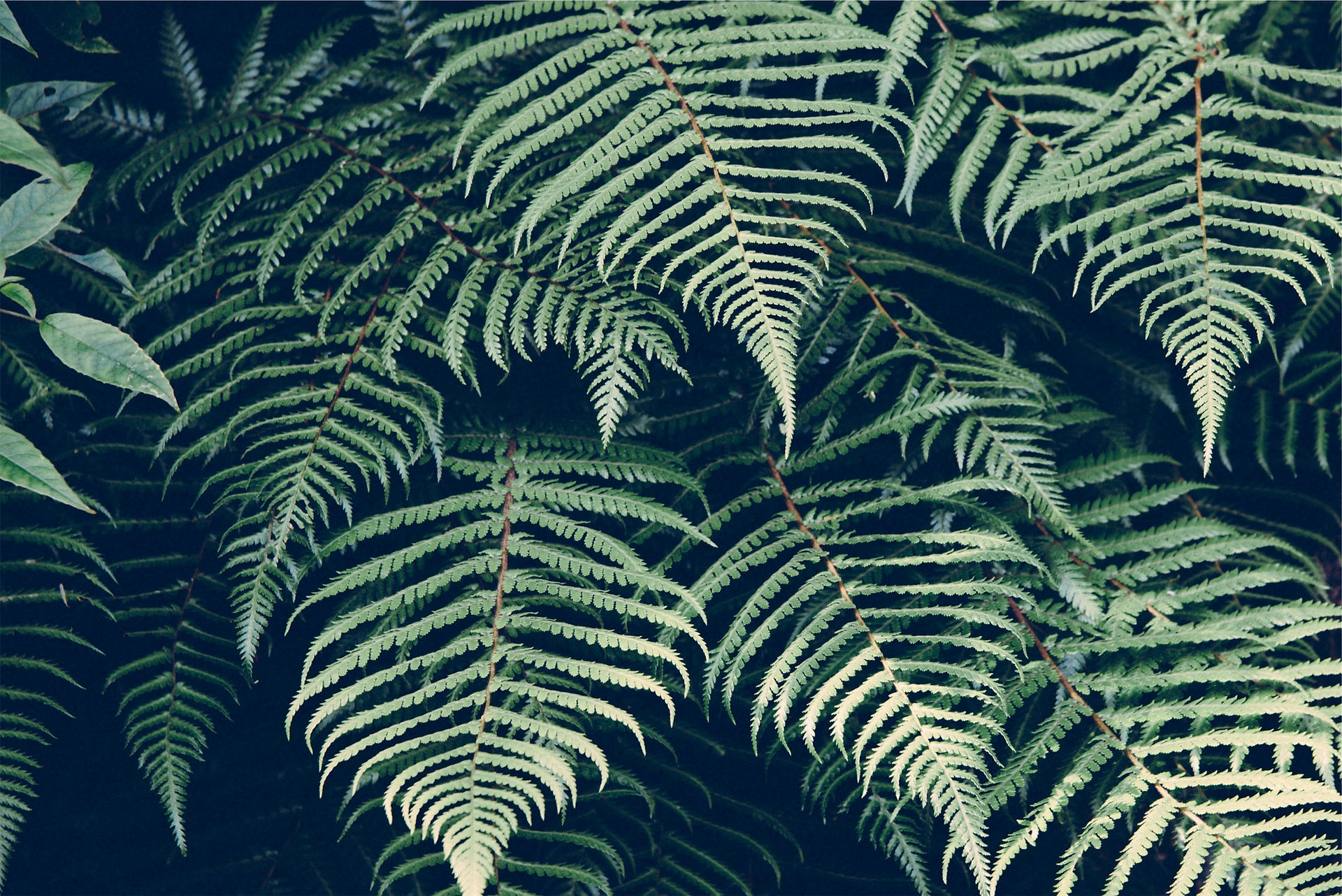Program for Palynology Short Talks - Session 4: Deep Time Palynology
- PST

- Oct 8, 2020
- 3 min read
Updated: Oct 18, 2020
Time: Tuesday, 20 Oct 2020 14:00-16:00 London / 15:00-17:00 Amsterdam / 21:00-23:00 Beijing / 23:00-1:00 Sydney / 9:00-11:00 New York

1. Introduction by organisers
2. Talks [15 mins for each]
(1). Palynology of the Jurassic-Cretaceous transition of the Surat Basin
Jennifer Cooling ( University of Queensland, Australia )
Abstract: The study covered the upper Westbourne Formation-lower Mooga Sandstone sequence. In a primarily biostratigraphic and taxonomic study a diverse flora of 200+ taxa of spores, pollen, algae, fungal and acritarch origins. Analysis of the sampled palynofloras showed that during the Tithonian–Hauterivian the Surat Basin flora remained relatively unchanging and grew under humid warm-temperate conditions.
(2). Reconstructing the Karoo basins in Mozambique – studying the late Permian
Gilda Lopes ( University of Algarve, Portugal )
Abstract: During late Permian times, vast rift-related continental basins were formed in central Gondwana, current Mozambique. In these areas, humid and warm climates promoted the growth of widespread vegetation. A palynological and lithological review of all the Lopingian studied sections provides information for palaeoenvironmental reconstructions during this age interval.
------ First Round Questions & Biobreak ------ [6-8 min]
(3). Evidence for abrupt palynofloral change in continental settings during the Paleocene-Eocene Thermal Maximum
Vera Korasidis (Smithsonian Institution, USA)
Abstract: Although the impact of the Paleocene–Eocene Thermal Maximum (PETM, ~56 Ma) is relatively well constrained in marine settings, the effect on terrestrial ecosystems remains ambiguous. New palynological analyses from the Bighorn Basin of Wyoming demonstrates complete extirpation of temperate Paleocene species at the onset of the PETM, accompanied by the appearance of numerous new megathermal taxa suggestive of seasonally dry subtropical to tropical forest establishment.
(4). UV-B radiation was the Devonian-Carboniferous boundary terrestrial extinction kill mechanism
John Marshall (University of Southampton, UK)
Abstract: There is an unexplained terrestrial mass extinction at the Devonian-Carboniferous boundary (359 million years ago). The discovery in east Greenland of malformed land plant spores demonstrates that the extinction was coincident with elevated UV-B radiation demonstrating ozone layer reduction. This was coincident with major climatic warming not a Large Igneous Province.
------ Second Round Questions & Biobreak ------ [6-8 min]
(5). The Permian of Israel and Jordan and the antiquity of the Dead Sea Fault
Michael Stephenson (British Geological Survey, UK)
Abstract: Palynological study of the Arqov and Saad formations of the Negev, Israel has allowed comparison with the assemblages of the Umm Irna Formation of the Dead Sea, Jordan. The thickness difference in Permian sediments across the region may relate to the the Palmyrid depocenter, subsidence on a fault in a similar position to the present Dead Sea Fault, or a fault ancestral to the Dead Sea Fault
(6). Impact of Late Cretaceous -Early Paleocene Deccan volcanism on flora: palynological evidence from intertrappean sediments of India
Bandana Samant and D.M. Mohabey
(PG Department of Geology, RTM Nagpur University Nagpur, Maharashtra, India-440001)
Abstract: Late Cretaceous-Early Palaeocene Deccan volcanic associated Lameta and intertrappean (sediments deposited in between the volcanic flows) sediments are windows to understand floral biodiversity, paleoclimate, paleoecology during Deccan volcanic activity. The study indicates that before the arrival of volcanic flows, the flora of the infratrappean/Lameta Formation was dominated by pteridophyte-gymnosperm assemblage. Climate during this time was semiarid to arid with seasonality (Tandon and Andrews, 200i; Mohabey et al., 1993). Onset of volcanic activity changed climatic conditions to humid-subhumid. Consequently, increase in floral diversity is observed in the intertrappean beds of lower stratigraphic levels. These intertrappean sediments are dominated by angiosperm-pteridophyte rich palynoassemblage. Humid to subhumid climatic conditions continued across Cretaceous-Paleogene along with some long intermitted dry and semiarid conditions in many parts of the Deccan volcanic province. Late Cretaceous (Maastrichtian) palynoflora show distinct diversity than Ealy Palaeocene palynoassemblage. Study indicates that onset of volcanic activity was conducive for the growth of plants but increased intensity of volcanic activity was detrimental for their growth.

References
Mohabey D.M., Udhoji S.G., and Verma K.K., 1993, Palaeontological and sedimentological observations on non-marine Lameta Formation (Upper Cretaceous) of Maharashtra, India: their palaeoecological and palaeoenvironmental significance. Palaeogeography, Palaeoclimatology, Palaeoecology 105, 83-94.
Tandon, S.K., and Andrews, J.E., 2001, Lithofacies association and stable isotopes of palustrine and calcrete carbonates, examples from an Indian Maastrichtian regolith: Sedimentology. 48, 339–355,
------Last Round Questions & Biobreak------ [6-8 min]


Comments